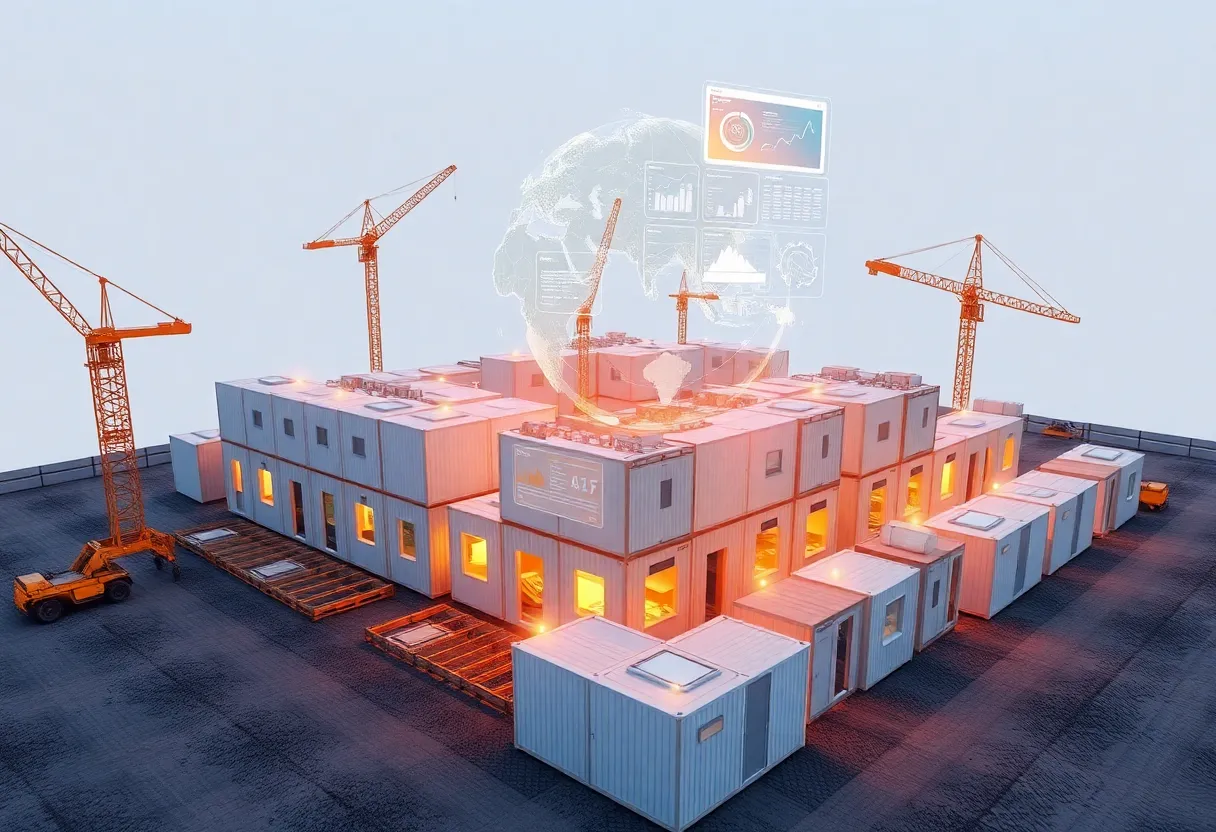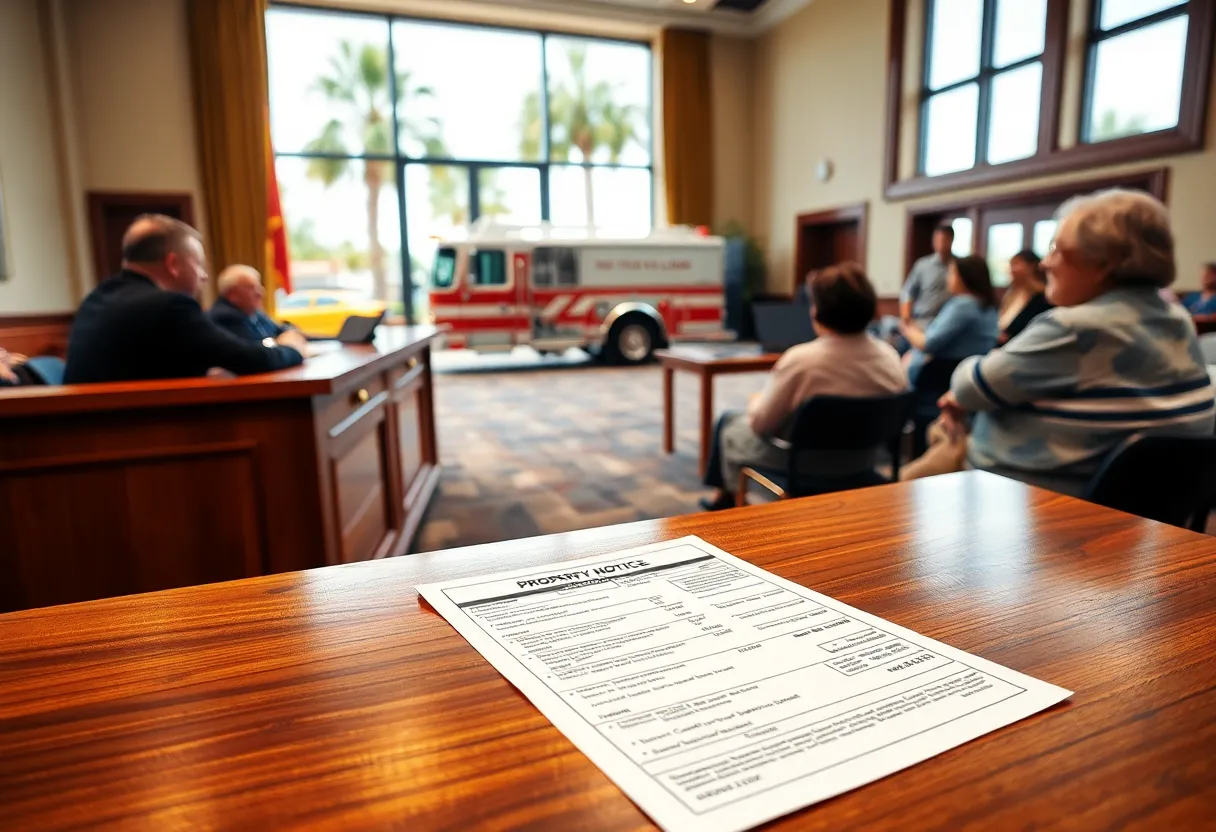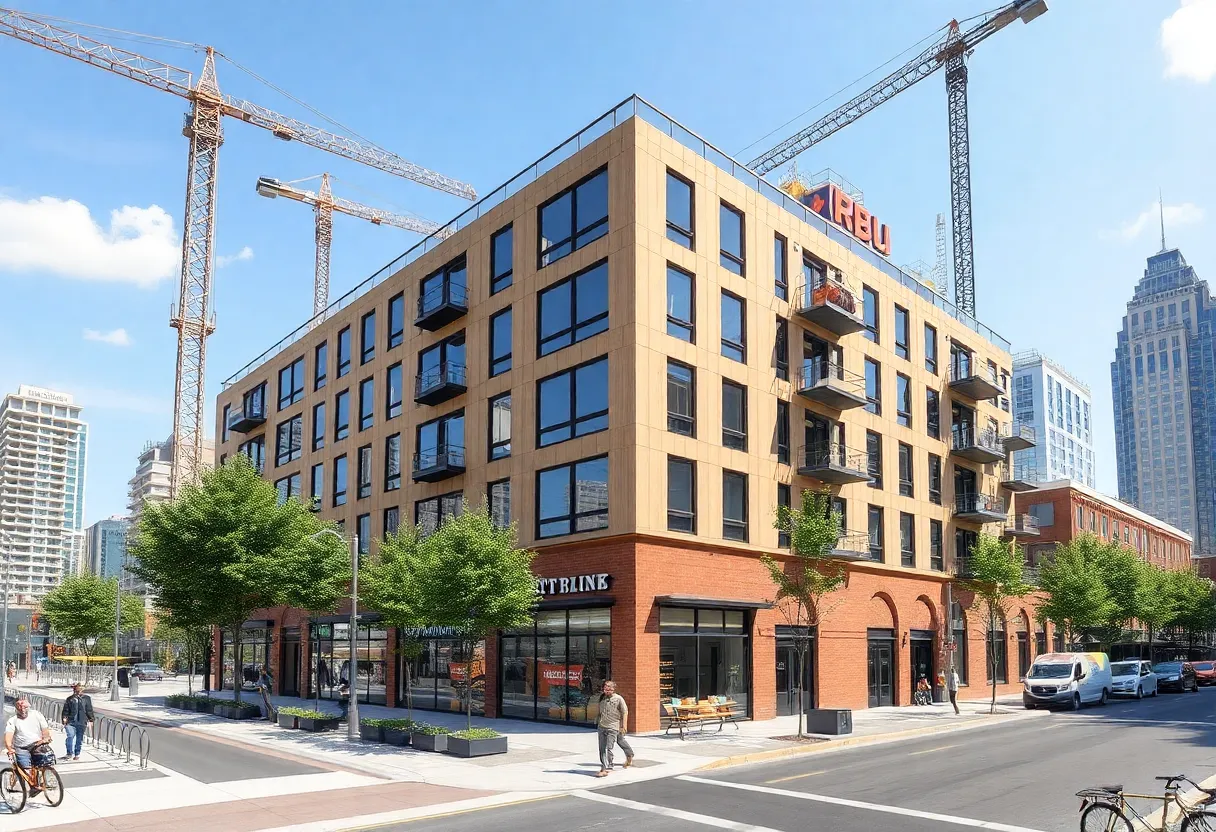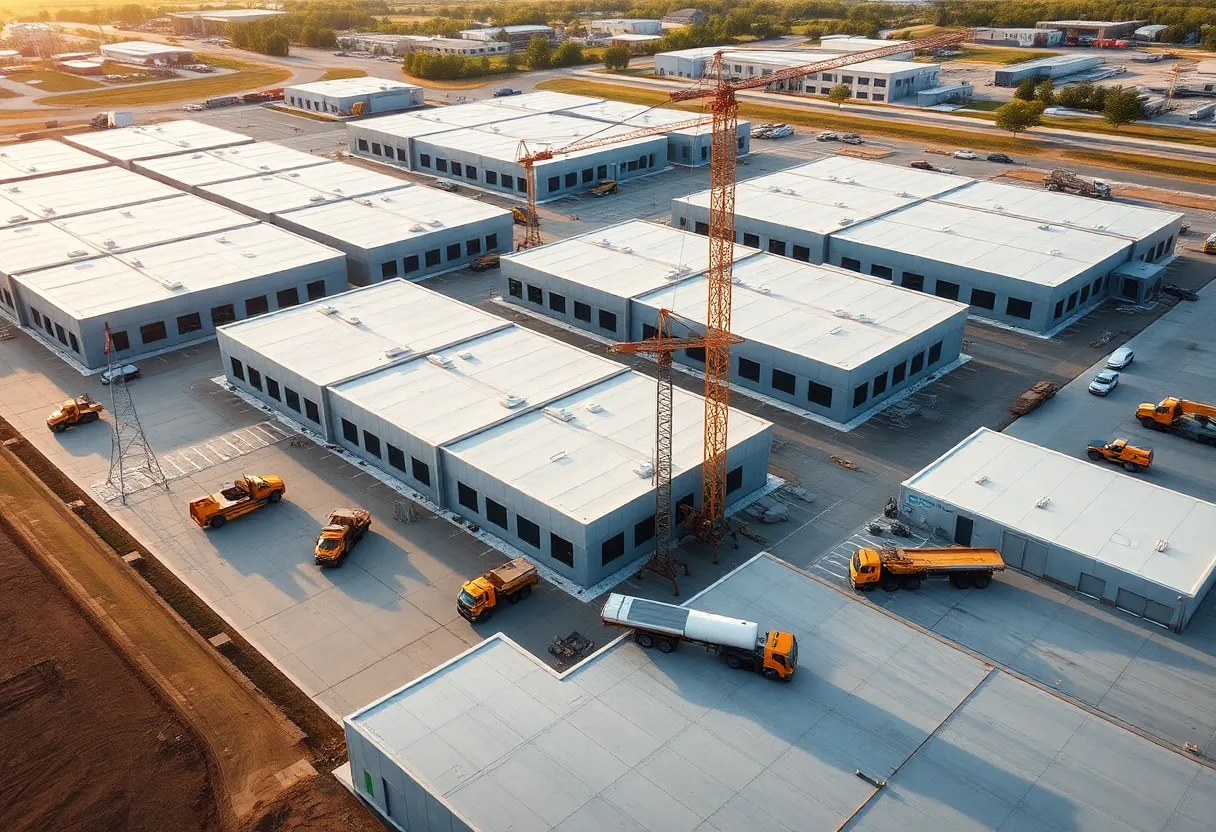Ansan, South Korea, August 19, 2025
News Summary
A research team at Hanyang University ERICA developed a digital twin–enabled facility management system (DT-FMS) to improve tracking, management and reuse of relocatable modular buildings. The platform integrates BIM, IoT sensors and GIS to create a real-time virtual model that supports monitoring, logistics and decision support across three layers: physical, digital and service. Tested on a relocatable modular school in South Korea, the framework improved module distribution, reuse and operational efficiency. Researchers say the approach can support circular construction by extending component life, though wider adoption needs data standards, sensor investment and manager training.
Hanyang University ERICA unveils digital-twin facility management framework to boost RMB lifecycle management and circularity
The research team from Hanyang University ERICA in South Korea introduced a digital twin–enabled facility management framework designed to support the lifecycle management and circularity of relocatable modular buildings (RMBs). This framework links physical assets with real-time virtual models to support planning, operation, and reuse across sites, aiming to strengthen the modular construction sector and its asset management practices.
Framework purpose and scope
The framework is intended to assist the growing modular building industry by improving how RMB assets are tracked and managed throughout their life cycle. RMBs are described as structures built from prefabricated modules that can be assembled, dismantled, and transported to multiple sites. By integrating digital technologies, the framework seeks to reduce both cost and environmental impacts associated with traditional construction while promoting reuse and reconfiguration where feasible.
Technology and architecture
The framework combines BIM, IoT, and GIS to enable 3D modelling, sensor-based monitoring, and location-driven logistics planning. The resulting platform is organized into three layers: physical, digital, and service. In the physical layer, tracking and communication cover real-world components and the people involved, including engineers and other stakeholders. The digital layer encompasses modelling, data integration, and analytics. The service layer provides ongoing monitoring and control, enabling decision-making across a building’s life cycle.
Case study and findings
Leadership, publication, and implications
The research was led by Associate Professor Yonghan Ahn, with participation from a co-author, and the work was published in a peer journal dedicated to automation and construction. The study notes that digital twins can play a significant role in promoting a circular economy in construction by enabling the reuse, reconfiguration, and optimal relocation of modular units, thereby reducing waste and preserving value across multiple lifecycles. While digital twin concepts are advanced in various fields, the article highlights that their application in modular construction has been more limited to date.
Why this matters
The framework addresses a persistent challenge in modular construction: tracking modular assets across several lifecycles and sites. By linking physical components with a digital representation and a service-oriented layer for decision-making, the approach supports better planning, asset management, and lifecycle optimization. The emphasis on a circular economy perspective aligns modular construction with broader goals of waste reduction, material reuse, and value retention through strategic relocation and reconfiguration of RMB modules.
Published context and scope
The framework appeared in the current issue of Automation in Construction, with dissemination focused on the integration of BIM, IoT, and GIS to deliver a cohesive platform capable of 3D modelling, sensor data analysis, and logistics planning for RMB lifecycles. The multi-layer design aims to simplify user interaction: operators, engineers, and stakeholders can monitor and control system behavior and make decisions that affect an entire building life cycle.
FAQ
What is the digital-twin facility management framework?
It is a digital twin–enabled system that links physical assets with real-time virtual models to support lifecycle management and circularity for relocatable modular buildings.
What are relocatable modular buildings (RMBs)?
RMBs are structures built from prefabricated modules that can be assembled, dismantled, and transported to different sites, supporting flexible use and reuse across projects.
Which technologies are integrated in the framework?
The framework combines BIM, IoT, and GIS to enable 3D modelling, sensor-based monitoring, and location-driven logistics planning.
What are the three layers of the platform?
The layers are physical, digital, and service. The physical layer tracks real-world components and people, the digital layer handles modelling and data analytics, and the service layer supports monitoring, control, and decision-making.
What were the case-study results?
The case study indicated improvements in module distribution, reuse, and management efficiency for RMBs, with associated reductions in operating costs and improvements in energy efficiency.
Who led the research and where was it published?
The work was led by a research associate professor and published in a construction-focused journal, highlighting the potential for digital twins to support circular economy practices in modular construction.
What is the broader impact?
The framework aims to promote circular economy practices by enabling reuse, reconfiguration, and optimal relocation of modular units, thereby minimizing waste and maximizing value across their lifecycles.
Key features
| Feature | Description |
|---|---|
| Framework name | Digital twin–enabled facility management framework for relocatable modular buildings (RMBs) lifecycle |
| Core technologies | BIM, IoT, GIS enabling 3D modelling, sensor data monitoring, and location-driven logistics planning |
| Target and scope | Lifecycle management and circularity for RMBs, including planning, operation, and reuse across sites |
| Architecture | Three-layer platform: physical, digital, service |
| Case study | Relocatable modular school system in South Korea evaluating distribution, reuse, and management efficiency |
| Lead researchers | Lead by Associate Professor Yonghan Ahn with co-author Dr. Dennis Nguyen |
| Publication | Published in the journal Automation in Construction earlier in the month |
| Potential impact | Supports circular economy practices by enabling reuse, reconfiguration, and relocation of modular units to minimize waste and maximize value |
Deeper Dive: News & Info About This Topic
Additional Resources
- KoreaTechDesk: E8 – Leading Korea’s digital-twin revolution with deep-tech innovation
- Wikipedia: Digital twin
- GIM International: Seoul Metropolitan Government collaborates on hyper-realistic digital twin project
- Google Search: relocatable modular building
- DroneLife: A model of Korea — the ambitious project to make a digital twin of a country
- Google Scholar: digital twin modular construction
- GeoWeek: Techtree Innovation & Seoul government digital twin project for urban safety services
- Encyclopedia Britannica: modular construction
- PR Newswire: LG Innotek collaborates to drive its digital-twin technology
- Google News: digital twin modular building South Korea





